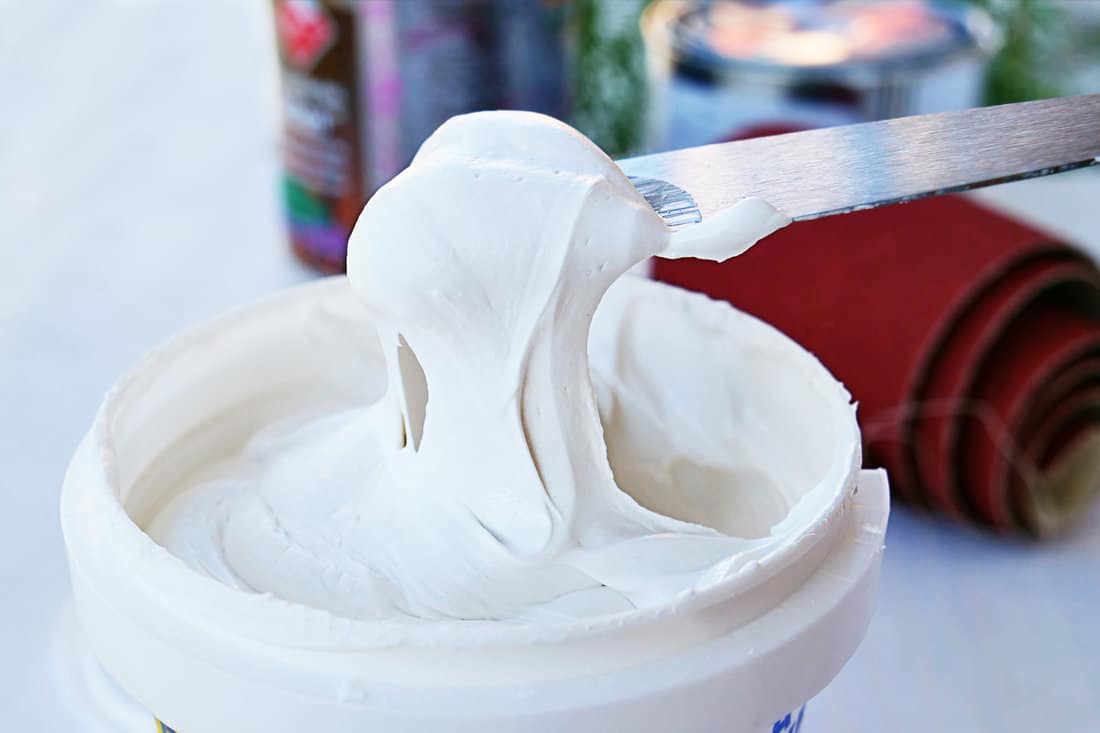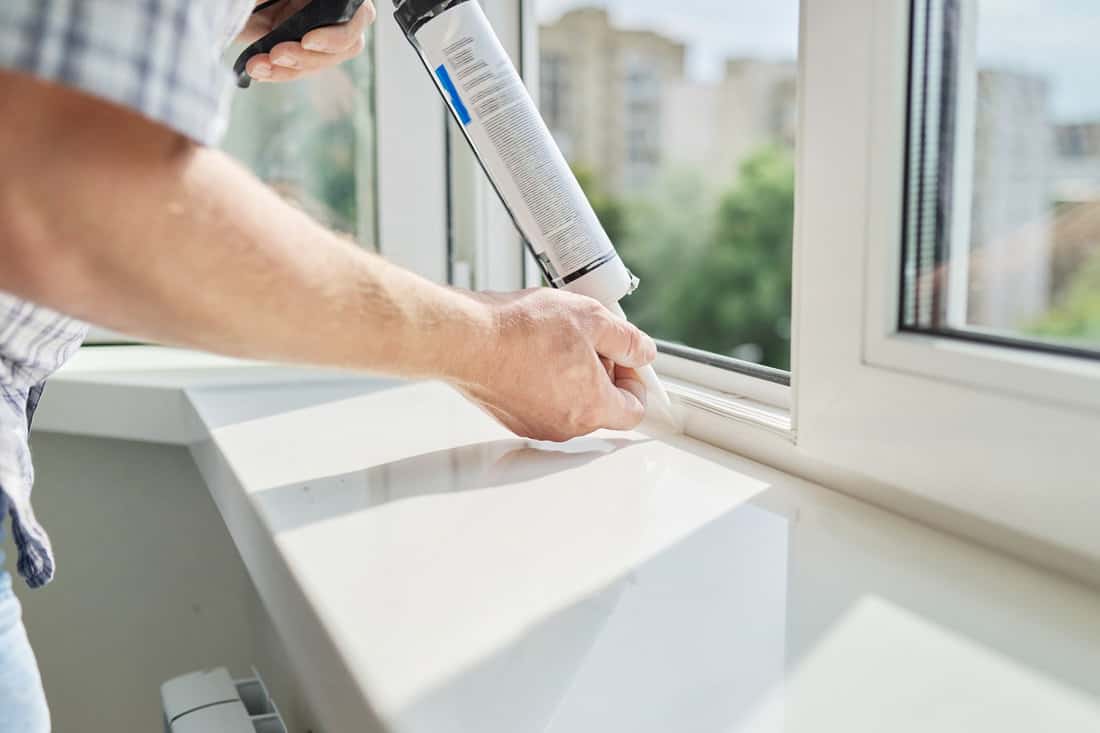You are probably sealing plumbing parts and ran out of plumbing putty. Now, you wonder if you can use silicone instead of plumbing putty. We've researched this concern and discovered the top answers.
Plumbers putty and silicone have common characteristics, such as flexibility and adaptability. Thus, you can always use silicone to substitute your plumbers putty.
In this post, we will discuss if you can substitute silicone for plumbers' putty, their differences, and the surfaces that silicone can stick to. Keep reading to find out more!
![]()
Why Is Silicone A Good Substitute For Plumbers Putty?
We sometimes add affiliate links and content that was curated and created by our team with the help of advanced ai tools to help showcase the best design styles.

You are probably wondering if silicone can also do the job of plumbers' putty when it comes to sealing.
Don't worry because silicone is flexible, strong, waterproof, and adaptable, which makes it capable of being a substitute for your plumbers putty if you run out of one.
Consider silicone as your first option if you seek a trustworthy replacement for putty.
Silicone also has excellent chemical stability, is long-lasting, non-toxic, and easy to remove without residue. At any temperature, its elasticity and other characteristics are unaffected.
A silicone sealant may be exposed to direct sunshine without disintegrating or turning yellow due to its resilience to UV rays.
Due to their unique qualities, silicone adhesives are a common choice for various applications, including pipes, sinks, toilets, and cracks on windows and doors of any size.
It also resists mold and mildew, making it perfect for plumbing fixtures.
You may also use this on electronic devices since it can maintain its adhesive characteristics even at high temperatures. Silicone comes in various colors.
Thus, choose a silicone caulk that has the same color as the material you plan to put your silicone adhesive to if you want it to match.
Always make sure to use pure silicone. It will affect its sealing capabilities if you mix it with other products like latex. The best silicone to use is the Gorilla caulk and seal.
You can use this silicone indoors and outdoors since it is entirely waterproof.
Click here to see this product on Amazon.
How Does Silicone Differ From Plumbers Putty?
Home improvements include repairs and renovations. Before choosing what to use as a sealant, it is essential to consider a few significant distinctions between the two materials.
Here are the differences between silicone and plumbers putty:
1. Components
Even though they help repair cracks, there are significant differences in their chemical composition. Silicone contains both organic and inorganic components.
Its main component is a synthetic polymer and has more elasticity because of its rubber-like component. You cannot quickly reshape or change silicone.
On the other hand, plumbers' putty consists of limestone and fish oil, making it more of a sticky paste particle. With this texture, you can easily adjust it.
2. Transparency
![]()
Silicone is usually transparent, so you can readily see through it to determine whether the joint is effectively sealed. Because of its transparency, it will match your home's decor better.
3. Lifespan
Compared to plumbers' putty, silicone is more substantial. Since silicone sealant is a synthetic material, it will endure five to ten years longer than a plumber's putty.
Silicone has a long lifespan without cracking or peeling off from surfaces. After setting, it creates a solid connection that can tolerate heat.
On the other hand, plumbers' putty is weaker and can degrade over time.
4. Odor
Remember that it's always a good idea to be mindful of the toxicity and smell of your products. Putty has a strong odor compared to silicone.
5. Sun Exposure
Silicone is far more effective and can withstand more than plumbers' putty when it comes to sun exposure.
6. Applications
Plumber's putty is frequently used in kitchens and around drains. Because of its soft malleability, you cannot use it on walls and ceilings. Also, do not combine plastic pipes using plumbers' putty.
Silicone is a highly flexible synthetic rubber used in many applications. One benefit of silicone caulk instead of plumbers' putty is that the former adheres to metals, ceramics, plastics, and glass surfaces.
7. Drying Period
The materials components will determine how long they take to dry. Silicone caulk dries considerably more quickly than a plumber's putty.
8. Removal
Plumbers putty is easier to remove and replace. You can reuse plumbers' putty in another location after removing it from a surface.
In the case of silicone, you must replace it after removing it from a surface. Silicone caulk is very difficult to remove. You need a scraper to remove it altogether.
See this bent scraper on Amazon.
9. Cost
The price of silicone is typically higher than that of plumbers' putty, but it can endure longer with time.
Although plumbers' putty is less expensive, it is less enduring and needs to be replenished frequently. The best option ultimately depends on the application.
What Surfaces Does Silicone Stick To?
The silicone sealant's extreme resilience to temperature variations enables its versatility. You may use silicone on surfaces like glass, ceramic, ceramic, concrete, marble, plastic, and metal.
![]()
Due to its weather-resistant characteristic, you can also use silicone in areas exposed to water, like windows and doors.
How Long Does Silicone Take To Dry?
Leaving silicone for one hour after applying, it can no longer accumulate dust. However, if you want to cure it fully, it might take up to 24 hours.
You may hasten its drying by applying thinly. The drying time also depends on the sealer you are using. Thus, use a sealer that quickly dries. You can open the window to encourage airflow and minimize drying time.
Can You Use Silicone On PVC Pipes?
Due to its flexibility and impact resistance, silicone is a great option to cover leaks on PVC pipes. Make sure to apply the silicone properly to the PVC pipe.
Apply a uniform layer surrounding a hole or completely covering a gap. Smoothen the silicone before it solidifies. However, be careful to dry the pipe or prepare the surface thoroughly.
Do not squeeze silicone caulk before opening it because there's a high possibility that it will swell and cause a mess.
What Happens When Silicone Gets Wet?
Silicone is known to be waterproof. Thus, when it is fully cured, water will not affect how it sticks to the surface. When still wet, ensure not to expose it because the moisture cannot evaporate quickly.
Hence, the longer it takes to dry.
In a worst-case scenario, it can promote the growth of mold and mildew if moisture is trapped in the silicone. Always let the caulk dry in a well-ventilated area.
How Long Will Silicone Last?

Applying another layer of silicone might take a long time if you detect gaps starting to break. Silicone can typically last for about ten years when used correctly.
However, it still depends on the quality of silicone used and the surrounding conditions. Lifespan can decrease when constantly exposed to the sun and water.
Make sure to use a sealant like silicone which is water-resistant and has strong heat resistance to fill gaps. In this way, it can have a longer lifespan.
Also, appropriate storage is a must to make silicone caulk last longer. Else, it will deteriorate quickly.
Temperature conditions matter because storing in an extremely cold place can prematurely harden the material and renders it useless.
To Wrap Up
A fantastic sealer that functions like plumbers putty is silicone. It has limitless uses because of its adaptability and flexibility.
Both silicone and plumbers' putty are practical tools. Thus, always keep a reserve of silicone or plumbing putty in your toolbox for unexpected repairs. Choosing between them depends on the application.
Made it to the end? Check out these related articles below!
How To Remove Silicone Caulk From Acrylic Tub In 4 Steps


